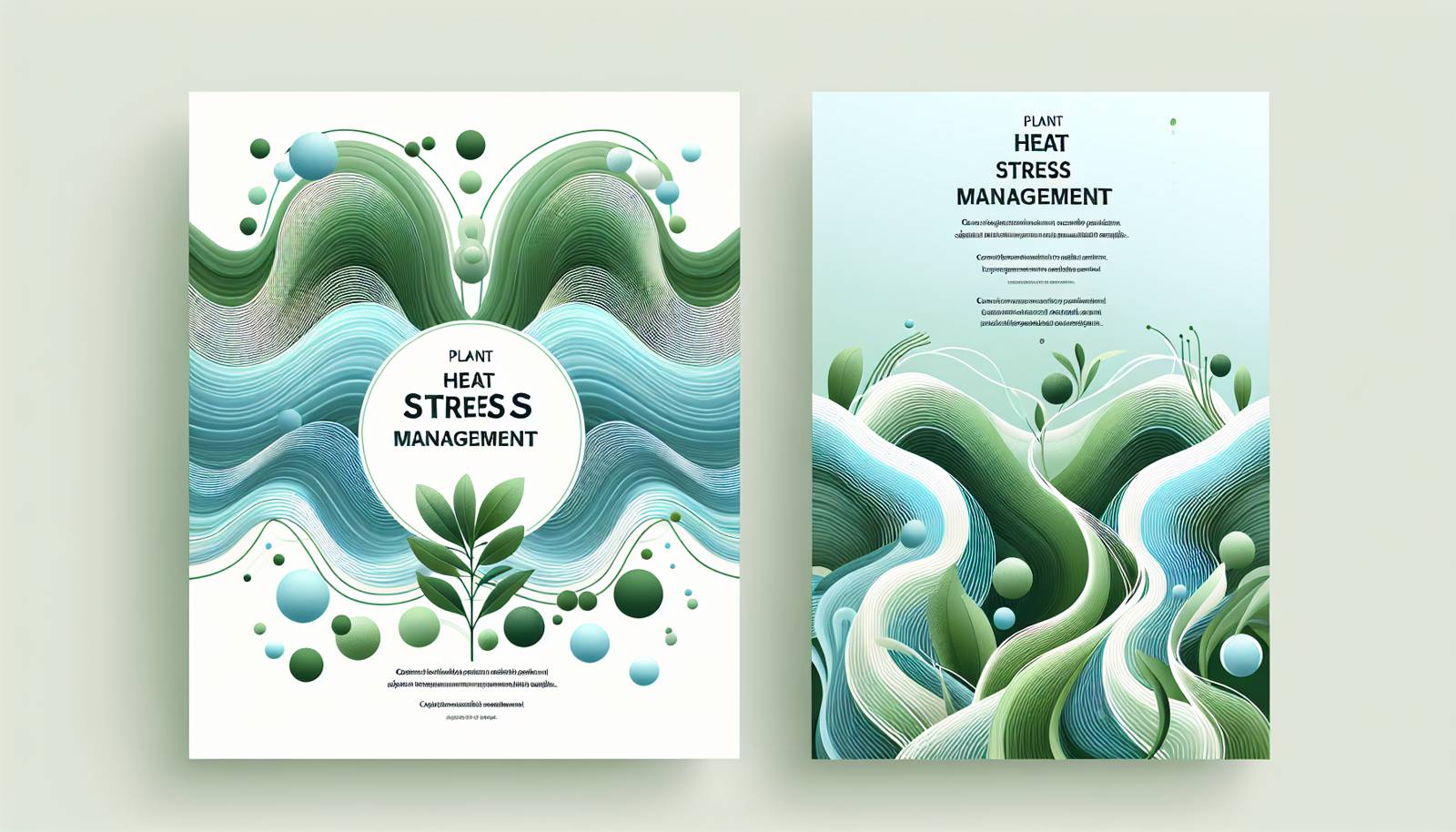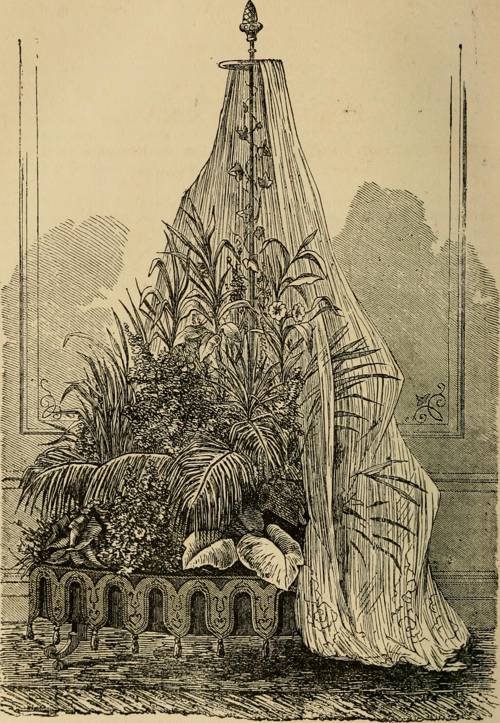
FAQ About Indoor Plant Heat Stress Management

What are the signs of heat stress in indoor plants?
Signs of heat stress in indoor plants can include wilting, scorched or yellowing leaves, leaf drop, and stunted growth. Plants may also show brown edges or tips on the leaves. In extreme cases, the plant may stop growing entirely, and flowers or buds may fall off prematurely.

How can I prevent heat stress in indoor plants?
To prevent heat stress in indoor plants, maintain a consistent room temperature, preferably between 65-75°F (18-24°C) for most plants. Avoid placing plants near heat sources like radiators or direct sunlight. Ensure proper humidity levels, keep the soil moist but not soggy, and consider using a fan for air circulation.

Can heat stress kill indoor plants?
Yes, severe heat stress can potentially kill indoor plants if not addressed promptly. Prolonged exposure to high temperatures can cause irreversible damage, leading to plant death. It's essential to recognize symptoms early and take corrective actions to save the plant.

Is there a way to revive indoor plants from heat stress?
Reviving plants from heat stress involves moving them to a cooler location away from direct sunlight and heat sources. Water the plant thoroughly and mist the leaves to increase humidity. Trim any severely damaged leaves to prevent further stress and monitor the plant's progress closely.

How does temperature affect indoor plants?
Temperature plays a crucial role in plant health and growth. Most indoor plants thrive in temperatures between 65-75°F (18-24°C). Excessive heat can cause stress, leading to problems like wilting and scorched leaves, while low temperatures can slow growth and impair root function.

What role does humidity play in indoor plant heat stress management?
Humidity is vital in mitigating heat stress for indoor plants. Low humidity can worsen heat stress by causing the plant to lose moisture quickly, leading to wilting. Maintaining proper humidity levels, often between 40-60%, can help plants cope with higher temperatures.

What are some heat-tolerant indoor plants?
Some heat-tolerant indoor plants include succulents, cacti, snake plants, and ZZ plants. These species are better adapted to warm environments and can withstand higher temperatures compared to more delicate plants like ferns or orchids.

How can I cool down my indoor plants during a heatwave?
During a heatwave, move plants away from windows and direct sunlight. Use fans or air conditioning to lower room temperatures, or place a damp cloth near the plant to cool the air. Misting the plants and ensuring the soil is adequately moist can also help manage heat stress.

What is the best way to water indoor plants experiencing heat stress?
Water indoor plants experiencing heat stress deeply and thoroughly, ensuring excess water drains away to avoid waterlogging. It's crucial to keep the soil consistently moist without being soggy. Allow the top inch of soil to dry between waterings to maintain optimal moisture levels.

How can I set up a fan for my indoor plants to prevent heat stress?
To use a fan effectively, place it in a way that provides gentle air circulation around your plants without blasting them directly. This helps dissipate heat and increases humidity. Ensure the fan operates intermittently throughout the day to mimic natural breezes.

Can grow lights contribute to heat stress in indoor plants?
Yes, grow lights can contribute to heat stress, especially if they are too close to the plants or left on for too long. Ensure the lights are appropriately distanced and use energy-efficient LED grow lights, which generate less heat.

How does soil type affect a plant's ability to cope with heat stress?
Soil type significantly affects a plant's ability to manage heat stress. Well-draining soil allows for proper water retention without sogginess, playing a crucial role in maintaining root health and hydration. Amending soil with materials like perlite or sand can improve drainage.

Are there any specific nutrients that can help plants resist heat stress?
Some nutrients can bolster heat resistance in plants, such as potassium, which helps regulate water and strengthens cell walls. Ensuring a balanced fertilizer regimen can support overall plant vigor and resilience to fluctuating temperatures.

Can I use mulch to help manage heat stress for indoor plants?
While mulch is typically used outdoors, it can also benefit indoor plants by helping retain soil moisture and moderate soil temperature. Use organic mulches like coco coir or small wood chips, applying them sparingly to avoid pest issues.

Why do leaves turn yellow during heat stress?
Leaves may turn yellow during heat stress due to a disruption in photosynthesis and chlorophyll production. This occurs because high temperatures can cause water loss and nutrient deficiencies, leading to chlorosis, which manifests as yellowing leaves.

How often should I inspect indoor plants for heat stress symptoms?
During warmer months or in high-temperature conditions, inspect indoor plants at least twice a week for signs of heat stress. Regular inspection helps catch early symptoms, allowing for timely intervention to prevent serious damage.

What tools can help monitor heat stress conditions for indoor plants?
Tools such as hygrometers, thermometers, and soil moisture meters can help you monitor the environmental conditions affecting indoor plants. These tools provide data on temperature, humidity, and moisture levels, allowing for effective management of heat stress.

Can air conditioning help reduce heat stress for indoor plants?
Air conditioning can help manage heat stress in indoor plants by maintaining a stable temperature and humidity level. However, be cautious of cold drafts directly hitting the plants, as this can cause stress or damage to sensitive indoor species.

What are the long-term effects of heat stress on indoor plants?
Long-term effects of heat stress on indoor plants include reduced growth, poor flowering, and an increased susceptibility to diseases and pests. Prolonged exposure can result in weakened plants, requiring more intensive care and recovery strategies.

Can an indoor plant recover fully from severe heat stress?
Recovery from severe heat stress can be challenging and depends on the extent of the damage and the plant species. With proper care, such as correcting environmental conditions and providing adequate water and nutrients, some plants can recover, but they may still bear scars or have reduced vitality.
